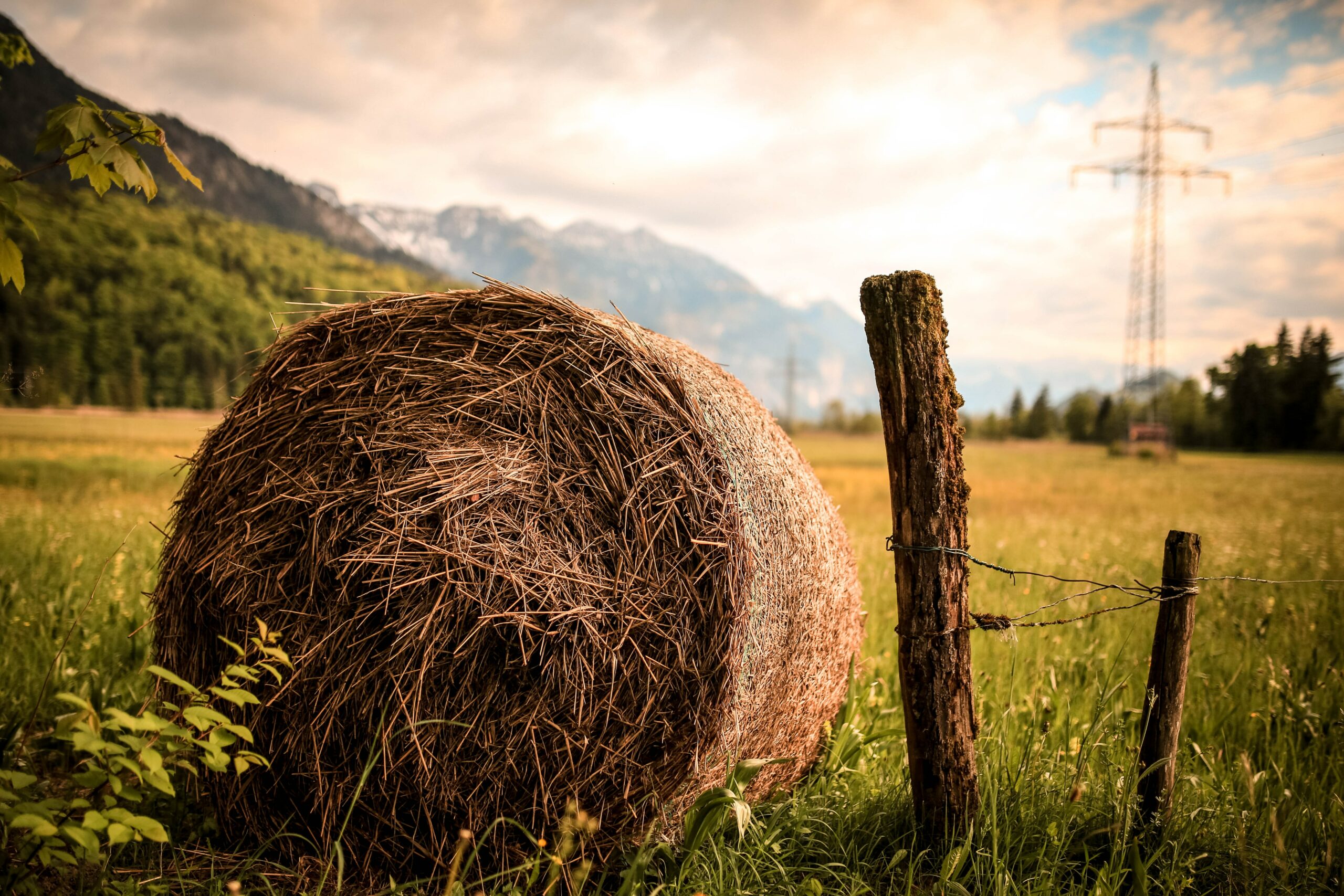MU Extension specialists report thin pasture stands, low yields

COLUMBIA, Mo. — University of Missouri Extension agronomists are reporting thin pasture stands and low yields statewide in the wake of re-emerging dry conditions.
In a press release, Terry Hallleran, an agronomist in Hickory County in southwestern Missouri, said, “Most barns are empty. Most fence rows are empty. Farmers are getting nervous.”
Valerie Tate in north-central Missouri reported the same. “Hayfields that usually make 100 bales made 30,” she says. She reported that hay is selling for about $100 per bale in the Linneus area.
With May rainfall at 1.03 inches lower than normal statewide, there is reason for concern. Historically, May is the wettest month of the year. The June 1 U.S. Drought Monitor shows D3 extreme drought intensity in central Missouri and a small pocket of northeastern Missouri. Most of the top half of the state is already in moderate to severe (D2) drought.
In its most recent Crop Progress and Condition Report, USDA reported that only 24% of Missouri’s forage crop is in good to excellent condition – about where it was by mid-July last year. USDA also reported that 35% of Missouri pastures are in poor to very poor condition, with 61% of the state experiencing short to very short supplies of hay.
MU Extension state forage specialist Craig Roberts says he expected thin pastures and low yields this spring.
Producers were often reluctant to cull herds even as forage supplies dwindled last fall and winter. Left on pastures too long, cows grazed to the dirt. Stressed pastures then failed to grow well at spring green-up.
Pastures need relief from overgrazing to regrow. If too many cattle are left on stressed pastures, grasses will continue to perform poorly.
Until it rains, Roberts recommends that producers consider two short-term options to deal with short forage supplies: 1) Cull herds now to lower stocking rates, and 2) Look for emergency supplemental feed.
Producers can drill emergency forages such as sorghum x Sudangrass or pearl millet into existing pastures when it rains, he says. These summer annuals perform well in high temperatures and provide quick forage for grazing, chopping or baling.
Roberts also suggests that producers consider a long-range plan to convert some fields to native warm-season grasses and novel-endophyte fescue. Learn more about converting pastures to novel endophytes from the Alliance for Grassland Renewal at www.grasslandrenewal.org. Also consider nitrogen needs to boost fall stockpiles.
In addition, Roberts says this might be a good year to consider planting summer annuals into “killed strips” in existing cool-season pastures such as tall fescue, Missouri’s most-grown perennial grass.
In a 1995 study, MU researchers Tim Reinbott and Dale Blevins sprayed and killed tall fescue in 12-inch bands on 30-inch centers in research plots in Columbia in mid-Missouri and Mount Vernon in southwestern Missouri. After the fescue died, they planted fast-growing annuals such as sorghum x Sudangrass or grain sorghum into the killed strips.
Reinbott says this provided quick growth when cool-season grasses waned due to heat and lack of precipitation.
To consider effectiveness without using additional herbicides after the first year, researchers tested strips for three years. The first year produced the most. By the third year, fescue was creeping back into the strips.
“This is a great way of interplanting a warm-season grass into a cool-season grass,” says Reinbott.
The full abstract for “Multiyear Use of Killed Strips for Forage and Grain Sorghum Production in a Tall Fescue Pasture,” published in the Journal of Production Agriculture, is at www.doi.org/10.2134/jpa1995.0354.
For more information, contact your regional extension agronomist or livestock specialist. MU Extension also offers comprehensive drought resources at www.mizzou.us/DroughtResources
Miss Clipping Out Stories to Save for Later?
Click the Purchase Story button below to order a print of this story. We will print it for you on matte photo paper to keep forever.

